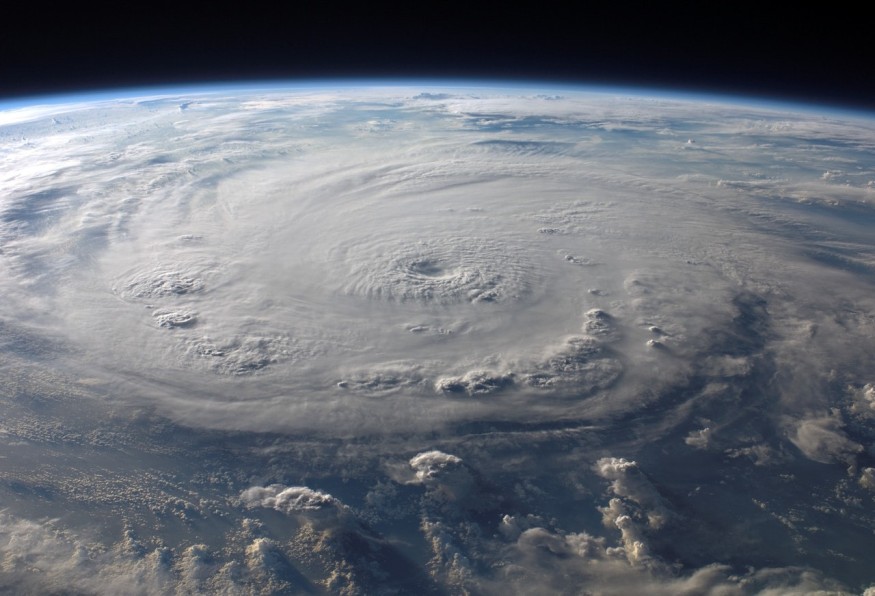Hurricane Elsa was the first hurricane to hit the Atlantic in 2021. The massive hurricane charged through the regions near the Caribbean, including most of the islands at the Lesser Antilles, last Friday. Elsa's power is sustained at 75 miles per hour as it passes through the southern regions of Barbados. Hurricane Elsa was tagged as a category 1 storm, with an unexpected 35 miles per hour increase of wind in just 24 hours.
Hurricane Elsa Came Earlier than Average Seasonal Tropical Cyclone Formation, Harbinger of Active Season

The Meteorological Service of Barbados has identified that hurricane Elsa has maintained its wind at 74 miles per hour that flurries for up to 86 miles per hour on Friday morning. Reports said that the southern part of Barbados was among the first to meet hurricane Elsa's eyewall. Meanwhile, the Barbados airport submitted reports of Elsa's sustained wind at 63 miles per hour that gust 86 miles per hour. The rainfall amount recorded from the hurricane by the weather authorities of Barbados peaked at 4.68 inches, 3 hours after Elsa's landfall, reports Yale Climate Connection.
Elsa was charted 95 miles west-northwest of St. Vincent island at 2 PM Friday. The hurricane also hovered west-northwest of the eastern regions of the Caribbean with a speed of 29 miles per hour. From its touchdown, Elsa's wind was determined by experts to increase to 85 miles per hour, with a whopping 991 millibars of central pressure.
Colorado State University researcher Phil Klotzbach said that the Atlantic hurricane typically comes in season, which means that it has a lesser correlation to the hurricane activities on the overall Atlantic. However, hurricane activities that fall in tropical regions are a sign of a significantly immense season.
Hurricane Elsa brought the Lesser Antilles a great deal of damage through strong winds and high levels of flood. Hurricane Elsa's heavy rainfall combined with the residual ashes from the Soufriere volcano's series of eruptions earlier this year can also produce great mudflows throughout the island of St. Vincent. 1.4 inches of rainfall amounts were recorded by the Barbados radar as of 2 pm Friday. Elsa's fast phase maintained the tropical-storm-force winds at the northern side of the hurricane's center, compared to the south of the center that received lesser damage.
ALSO READ : NASA Takes Purdue Team Miles Above Earth up to 70,000 Feet; To Study Atmospheric, Planetary Science
When is Atlantic Hurricane Season?
Hurricane Elsa was the first Atlantic hurricane recorded in 2021 and was a little bit early from the Atlantic's hurricane season. The hurricane came on a month earlier than the expected average dates recorded from 1991 to 2020. Klotzbach mentioned that the average appearance of the seasonal hurricane falls on August 10, and hurricane Elsa was supposed to appear sometime around August 14.
Experts were alerted as the early appearance of hurricane Elsa is obviously not normal compared to its supposed season. What's more, is that Elsa's early formation occurred at the main development region, which is the most concerning. Hurricanes, tropical depressions, and storms that were being formed in the main development region, or MDR, earlier than expected is usually a harbinger of a great surge of the whole hurricane season. The early-season formation of the tropical cyclones is basically evidence that the atmosphere and oceans of our planet are favorable to cyclone formation, reports PhysOrg.
Check out more news and information on Environment and Climate in Science Times.
© 2026 ScienceTimes.com All rights reserved. Do not reproduce without permission. The window to the world of Science Times.










